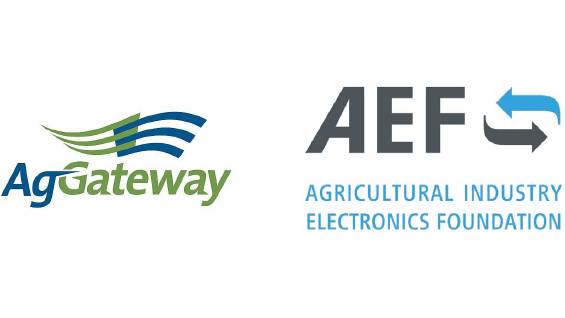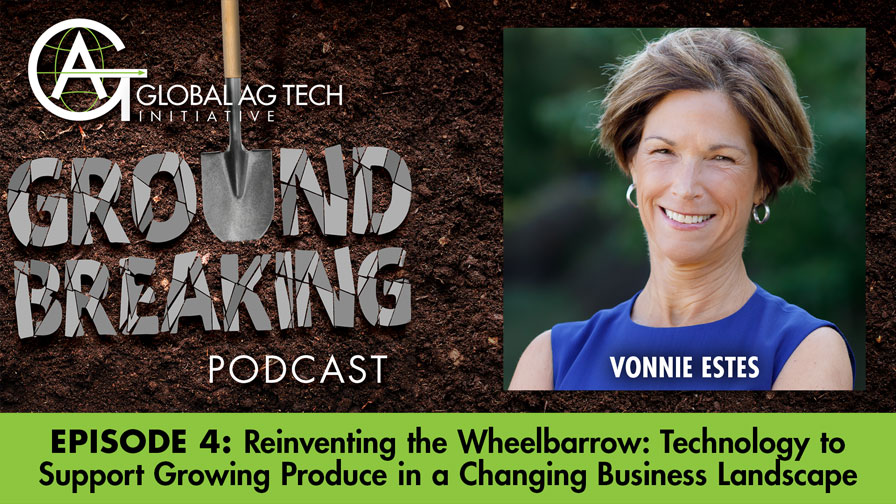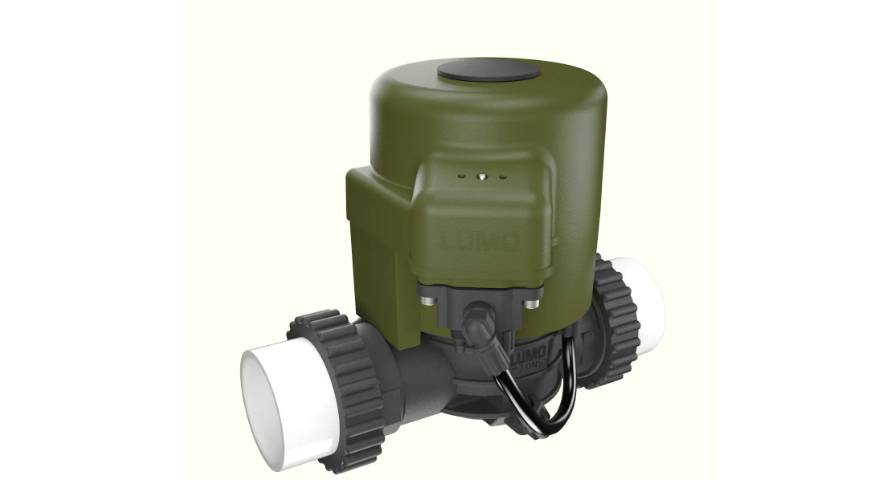How Technology Is Helping Produce Biogas on Farms
The Old MacDonald song typically doesn’t feature bacteria, but many modern farmers are raising them just like any other livestock. That’s because they thrive on food and animal waste. By feeding manure or leftovers into large vats, farmers are turning trash into treasure — and they’re helping the world keep the lights on.
The Impact of Agriculture
Farming is the biggest contributor to methane and nitrous oxide emissions, accounting for 12% of global greenhouse gas output. However, it’s also one of the most necessary industries, providing food and fuel for every person on the planet. How can farmers minimize their environmental impact while maximizing profits and production?

Produced in anaerobic biodigesters, biogas — a mixture of carbon dioxide, methane and small amounts of other gases — is the byproduct of bacteria breaking down manure or food waste in a large, covered water tank. Photo credit: Julia Koblitz
Biogas is an obvious choice. Produced in anaerobic biodigesters, biogas — a mixture of carbon dioxide, methane and small amounts of other gases — is the byproduct of bacteria breaking down manure or food waste in a large, covered water tank.
As bacteria eat waste products inside the biodigester, they emit biogas that flows into a separate catchment tank. It often travels through a scrubber first to remove excess hydrogen sulfide or carbon dioxide from the mix. The process generally takes anywhere from one to three weeks.
MORE BY JANE MARSH
The result is methane on tap and liquid fertilizer. Methane is the same natural gas people usually acquire by drilling or fracking, which are environmentally damaging, expensive and time-consuming. The fertilizer, also called digestate, is rich in nitrogen and phosphorus, making it ideal for growing crops.
Why Biogas?
Farmers use biogas to power their homes and vehicles, cook, or make an extra profit.
Creating New Revenue Sources
Making biogas is a great way to turn waste into a useful resource. For example, a biodigester allows dairies to use their cows as a source of fertilizer and methane, creating two new revenue streams in addition to milk production. Biogas and fertilizer are sometimes worth more than the primary animal products or crops.
Empowering Small Farmers
Biogas benefits farmers in developing countries even more — they often lack access to clean fuel for cooking or heating their homes. Instead of burning trash, wood or manure indoors, which creates air pollution, they can burn methane to protect their lungs and cardiovascular health. Biogas also fosters energy independence because of its widespread availability.
Complying With the Law
Additionally, some states subject farmers to environmental regulations that require them to dispose of waste more carefully. Although dams and reservoirs have their place in containing agricultural waste, they aren’t foolproof. Manure contamination can increase groundwater nitrate levels and lead to algal blooms and mass aquatic die-offs. This process is called eutrophication. Feeding manure into a biodigester safely contains any contaminants, including the greenhouse gases manure creates as it breaks down.
Reducing Food Waste
A biodigester is also an excellent way to turn food leftovers, byproducts or failed harvests into fuel. Decomposing food emits a mixture of roughly 50% carbon dioxide and 50% methane. Instead of letting it go to waste, farmers can turn it into biogas. Biodigesters can even process meat and small bones.
Creating Cleaner Methane
Producing biogas decreases the need for fracking and drilling to obtain methane. Although methane still creates greenhouse gases when burned, biogas also helps offset agricultural emissions. It’s better than simply letting manure or food go to waste.
A Cleaner Source of Fuel
Biogas shows promise as a renewable energy source. Methane can power homes, vehicles, and agricultural equipment, and it’s much cleaner than wood, manure, or garbage.
Agriculture will always emit greenhouse gases. However, it’s a necessary industry that enables survival and enriches every aspect of human life. Therefore, turning waste into controllable, contained methane sources makes the most of a messy situation.









